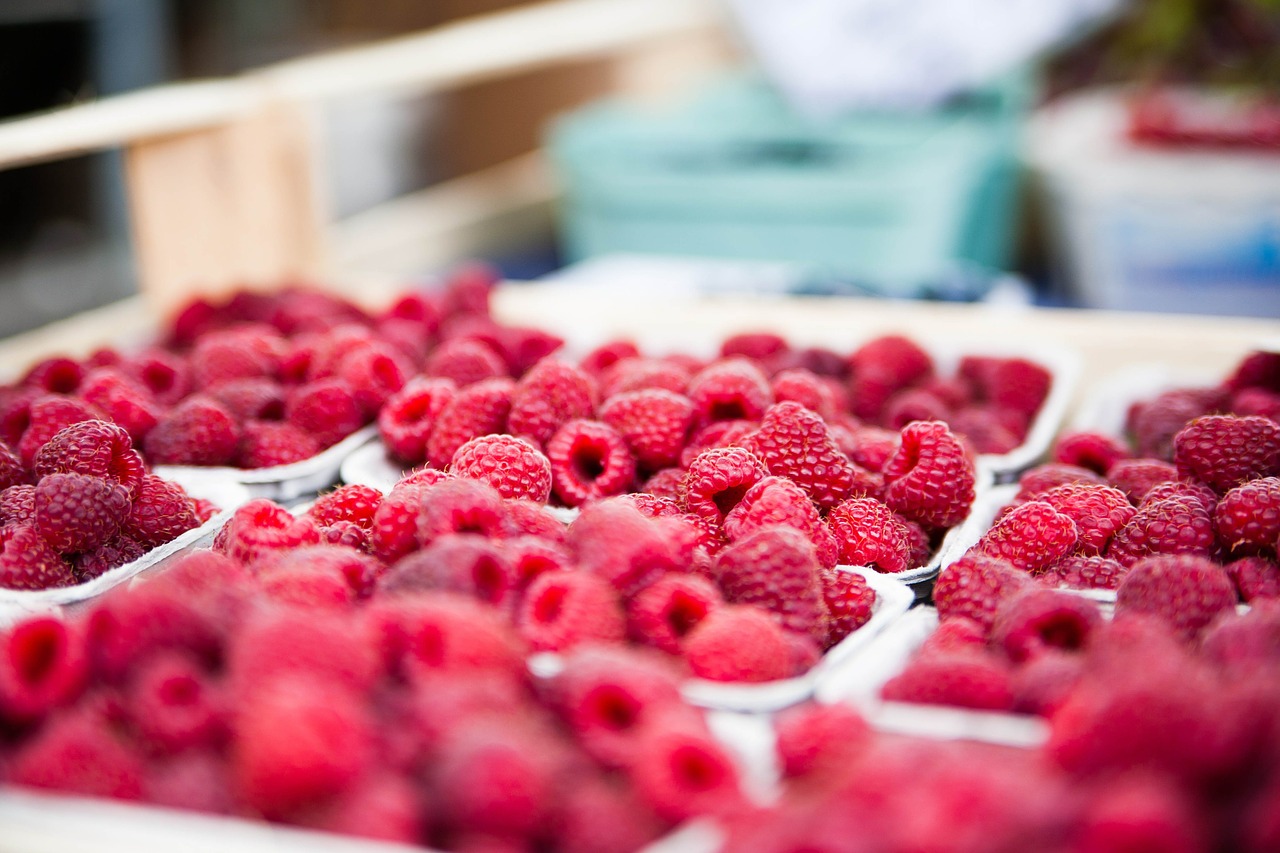Serbia, known as one of the leading exporters of raspberries, is facing challenges that threaten its position on the global market. Raspberries are a valued product because only 400,000 tons are produced globally per year, which is significantly less compared to, for example, bananas, which reach 130 million tons. However, the production and export of raspberries in Serbia has been declining in recent years, although the country is still among the leading exporters, along with Poland and Chile.
The main production areas are Western Serbia, including municipalities such as Arilje, Guče, and Ivanjica, where the Vilamet and Miker varieties dominate. Serbia exports raspberries to over 50 countries, with Germany as the main market absorbing a third of total exports. However, the share of Serbian raspberries on the German market is declining, partly due to competition from Ukraine, where raspberries are cheaper. Similar trends are present in other markets such as France, Belgium and Great Britain.
From 2019 to 2023, the average export of frozen raspberries was 98,000 tons per year, but in 2022 there was a drastic drop to 68,000 tons, while in 2023 the number was around 72,000 tons. These changes follow a decline in demand in Western Europe, where raspberry sales in supermarkets fell by a third between 2020 and 2022.

Where does the raspberry go – the question of the decade
The causes of the fall are multiple. Malinari are facing rising production costs, high prices of fuel, fertilizers and pesticides. At the same time, the purchase price of raspberries does not cover costs. The current price of 250 dinars per kilogram is considered unsustainable, because a minimum price of 350 dinars would be required for profitable production. The lack of seasonal labor and the frequent protests of raspberry growers further indicate the complexity of the problem.
Climate change, including warm winters, dry periods and late frosts, seriously affects production. For example, the April frost of 2024 destroyed a large part of the crop. In addition, hail and storms further damage crops, reducing yields for the following seasons.

Official data shows that raspberries are grown in Serbia on 18,625 hectares with an average yield of five tons per hectare. This gives about 94,000 tons per year. However, the Association of Raspberry Growers of Serbia claims that the actual numbers are significantly lower and predicts a further decrease in the area under raspberry trees due to unprofitable conditions. It is expected that the area under plantations will further decrease by 2025.
Despite the current challenges, Serbia still has significant potential for raspberry production and export, but serious support measures are needed to stabilize and improve this sector.
Source: AgroTV
Source: boljazemlja.com


